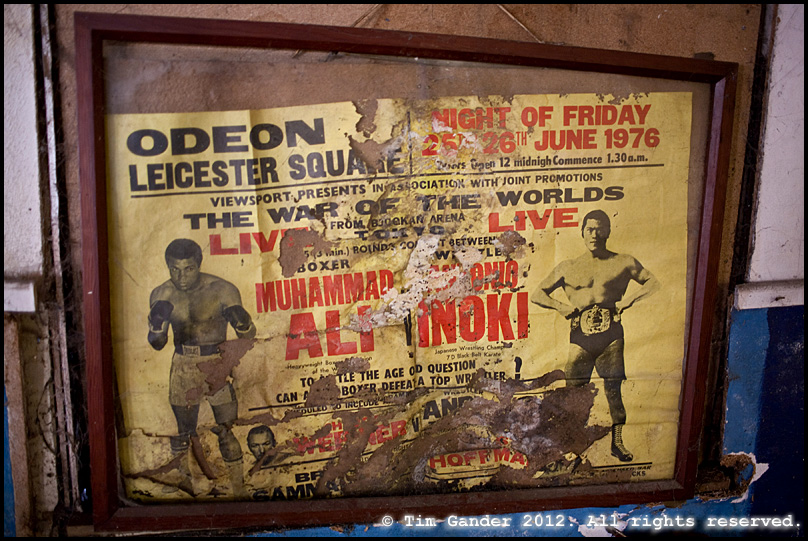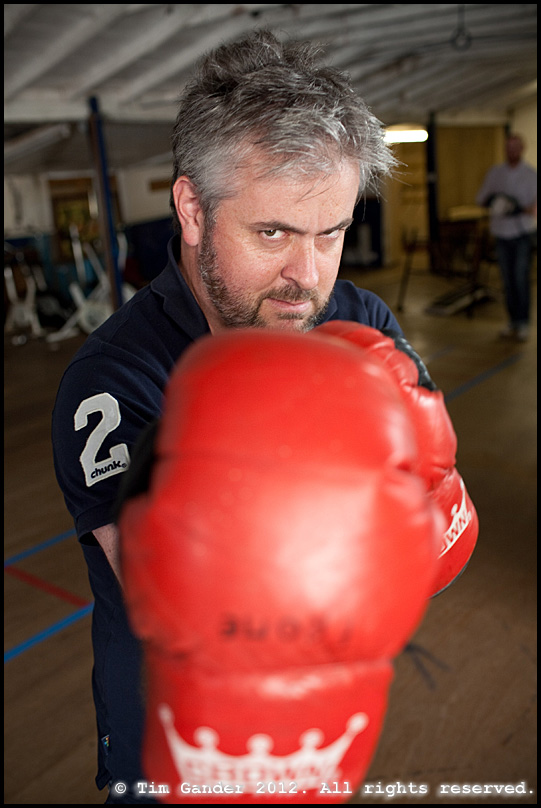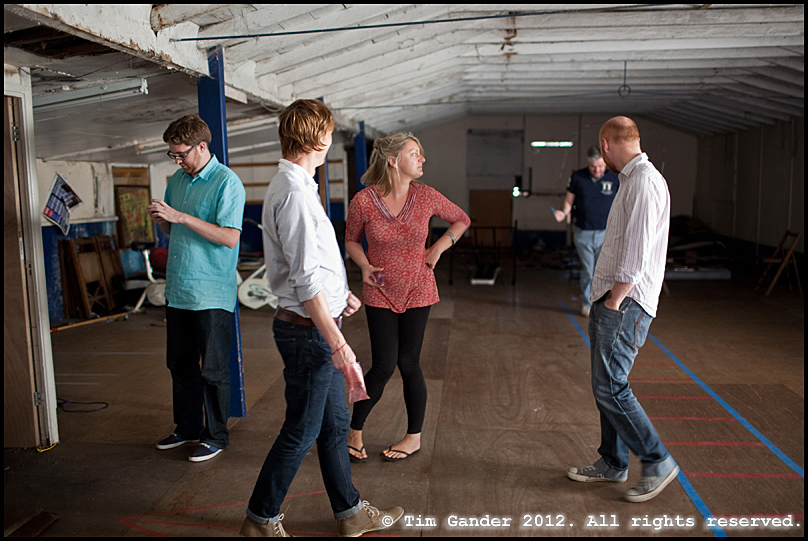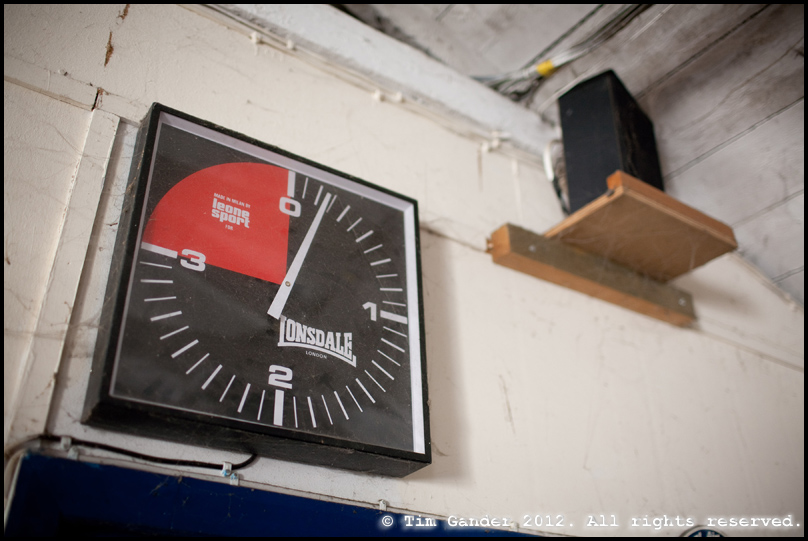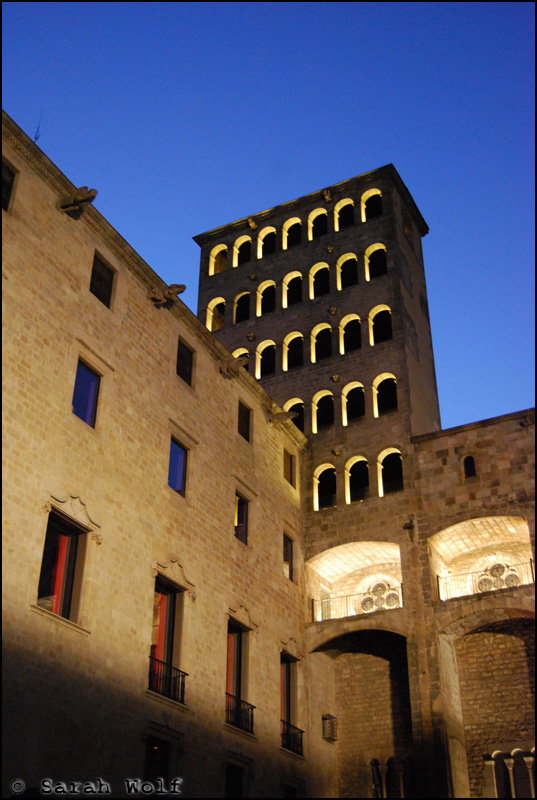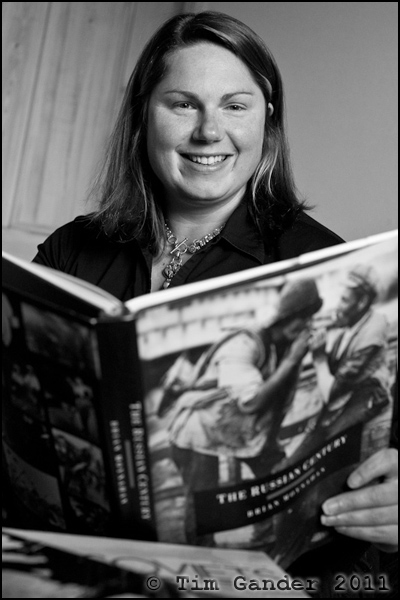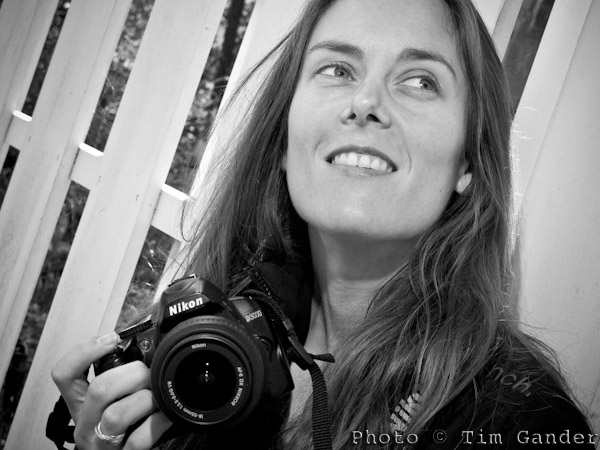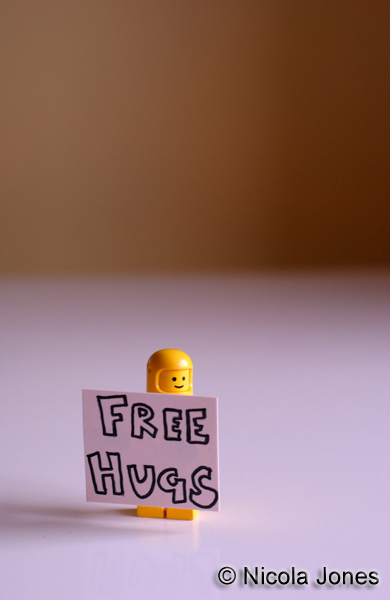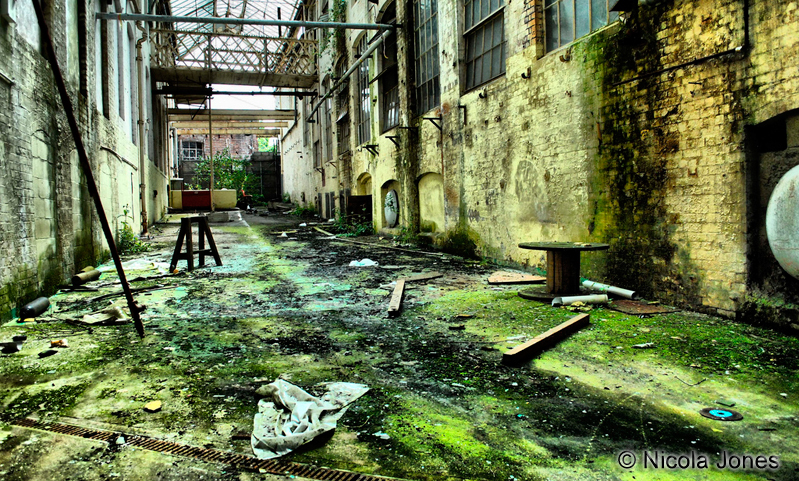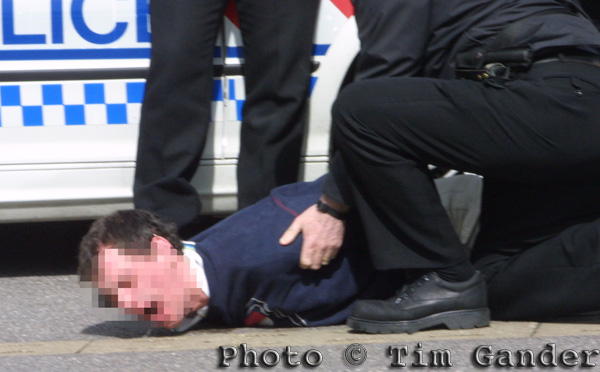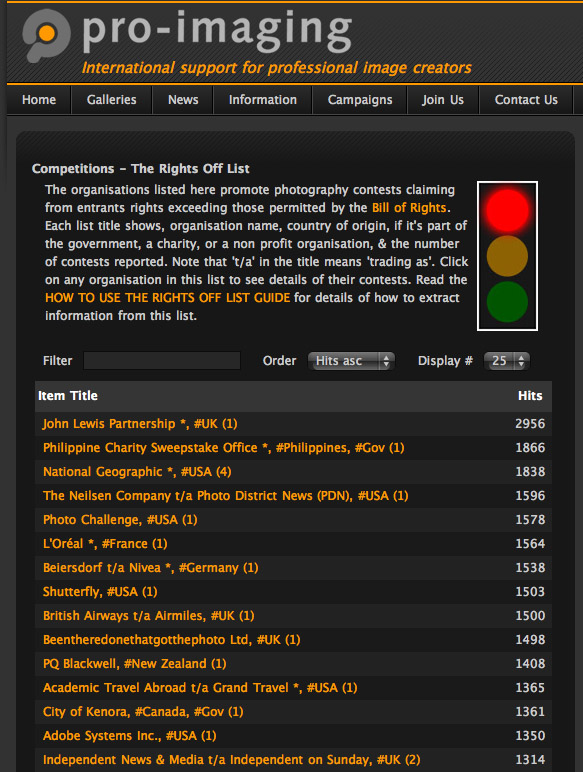I don’t know when Frome Amateur Boxing Club was built, but judging from its rickety exterior I’d say it was made from the spare timbers Noah didn’t need. The shed that until recently housed the pugilists’ punchbags, weights and general paraphernalia stands precariously behind The Old Church School, the building where my office is based, and when any of the Studio 5 team steps out onto the fire escape for a breath of fresh air, it fills most of the view. Soon, though, it will be knocked down to make way for an extra 20 office units at TOCS. I had hoped to take some shots of the last training sessions before the club vacated to new premises on a trading estate in Frome, but I missed the opportunity and one day found a note in the window explaining that the club had moved. A shame, but I did get to look inside the other week and took a few photos to record the passing of this upside-down ark of a building. And so this week’s article is a mini gallery of some of the images I took. I hope you enjoy them.
Sarah Wolf, aged 37, lives in Frome from where she operates as Diablo PR.
What camera do you use?
I have a Nikon D40X with kit wide angle lens.
What kind of pictures do you like to take?
Landscapes and buildings are my favourite. They tend not to move about too much!
What was your most recent picture?
This one, a 14th century square in Barcelona – sitting with a friend, after a hot day, drinking beer, laughing and looking up at the beautiful architecture. It reminds me of that night.
What picture are you most proud of taking?
This one taken on a boat of the edge of the running rail and the sea. We were exercising the engines on a 50ft super-yacht in the Solent for a client. It was a bitterly cold winter’s day – we were all wrapped up in layers and oilskins. The sea was calm and I lent over the running rail, enjoying the wind and the salt when I saw the reflection of the sun on the water and just wanted to capture it.
If you could improve one area of your photography, what would it be?
I’d like to learn to take better photos of people and capture that moment of happiness, sadness, joy etc just through one shot. Pictures of people being themselves is what I’d like to learn how to take – just smiles and frowns and expressions without the people posing.
Would you like to become a pro one day, or is this always going to be a hobby?
Always a hobby!
If you could have taken one great photo, what would it be?
I would love to have taken the planting of the Red Standard on Hitler’s headquarters – the Reichstag in Berlin – which marked the end of Nazi Germany. The man who snapped the historic shot was Soviet photographer Yevgeny Khaldei, someone who I admire greatly particularly as he was part of the propaganda machine. However, as a Jew, his career was cut short by the wave of anti-semitism in the Soviet Union and he was sacked in 1949.
What drives your interest in photography?
One of the reasons that I adore photography is my love of war photos – particularly those taken in the Soviet Union. As a Russian student, I spent many years studying the impact of Russia, and then the Soviet Union, on the course of history. I bought many books of photography from the last 100 years and love the gritty realism of the photos of peasants working in the fields juxtaposed with the glossy photos of well-fed Party members. You can understand a country through its photography – the photos that are published and those that aren’t (but have subsequently come to light). Even though I no longer need to study Russian history, I will still spend many a happy hour looking through the photography books.
A sadness of the digital age, and no longer shooting on film, is that so many photos are deleted and never see the light of day. I’m obsessive about cataloguing my life, and my family’s, through photography and have annotated photo albums going back to when I had my first camera aged eight. Now that I shoot digitally, I print less photos and those that aren’t quite perfect are deleted so quickly, whereas in the past, there was the thrill of having your films processed and seeing your shots for the first time. I even kept those photos that weren’t quite perfect which now provide an alternative picture of family holidays and events – you look in the background and see things that were accidently picked up and it gives a wider picture from that time than the story in the best shot that made it into the final album.
Thank you for your time Sarah.
If you would like to be featured as a Pixelhead, just drop me a line to tim@timgander.co.uk You will need to live in or near Bath, be an amateur photographer and willing to have your photo taken for the article 🙂
Pixelheads is a new and occasional feature for this blog. When the mood takes me and circumstances allow, I will interview a random person about their photography. The interviews will not be with professional photographers – those can be read in abundance elsewhere. I’m interested to find out what makes a non-professional photographer tick.
Here is the first Pixelheads interview:
Nicola Jones, aged 34, of Bradford on Avon in Wiltshire, is a keen photographer, budding graphic designer, and founder of the Bradford on Avon Photography Group.
I asked her about her life, photography, influences and tastes.
What do you do for a living?
I’m an office manager and designer and to progress my designing career I’m interning at a Bath design agency.
When did you get into photography?
When I moved to Bradford on Avon in 2009, the place inspired me to start taking pictures.
What cameras do you use?
I have a Nikon D3000 with 18-55mm and 55-200mm kit lenses, and a 50mm f1.8, which is my favourite lens, a Canon Powershot S90 and a Polaroid 500.
The S90 is my main carry-around camera, with the D3000 being for more complicated stuff. I love using the Polaroid camera, but the new film doesn’t work well through my camera because it’s a bit volatile in daylight, so I need to find packs of old stock.
What kind of pictures do you like to take?
I’m a bit of a mixed bag really. I went through a big macro phase when I had a macro-enabled bridge camera – shooting things like Lego minifigs (Minifigures), but I’ve got into shooting derelict buildings because I like grime and decay. Street photography too, though not so much of that now.
Tell me more about the minifigs shots.
I started with standard figures, then they brought out series of figures (Star Wars, Batman) and I’d buy a handful of those. I’d set up film themes like Psycho, Forrest Gump sitting on a bench, that sort of thing.
Titanic?
No, the arms don’t go out the right way for that, but I did The Shining. But I stopped doing those pics and sold most of the minifigs. I go through phases really.
Why not the street photography so much now?
I enjoyed it, I used to snap away and not care, but had some run-ins with people complaining and I sort of lost confidence. It doesn’t float my boat as much now.
And the derelict building photography; what draws you to that?
I’ve been to a few places; hotels old factories, that sort of thing. Obviously you have to be very careful, but it’s so interesting to capture the essence of a place. Getting a sense of what was there before, the life that was there and what used to happen. One hotel I visited still has a website as if it still takes bookings, which is quite funny.
Which photographers do you admire?
Martin Parr; I understand his approach. I just think his photos are amazing. The New Brighton series especially.
Don McCullin also, his conflict work. The landscapes don’t do it for me, but I understand why he had to do them – to get his brain back together again. Then if we’re talking portraits, it’s got to be Jane Bown.
What’s next photography-wise for you?
At the moment I’m devoting more time to my design work, but looking forward to seeing Martin Parr’s exhibition at the Bristol M shed when I go with the Bradford on Avon Photography Group soon.
Here’s an interesting statistic (sorry, I meant to say “here’s a statistic” since statistics cannot, by definition, ever be interesting); while the Retail Price Index shows inflation to be up to 3.7 in December, on camera and video camera equipment it’s dropped by 17.8% (according to the BBC).
Interesting, in a cure for insomnia sort of way, but bear with me. This is going somewhere.
Prices did rise in 2009/2010 due to the strong Yen, or weak Pound, I’m not sure how these things work, but even if the currency markets reversed, that’s a heck of a difference. And while other luxury electricals also suffered deflation, none of them came close to this figure.
So what’s going on? Professionals hurting so bad they’re making their kit last longer? Amateurs getting fed up with shelling out for more pixels every 9 months? Micro-stockers finally realising they can never recoup the cost of their kit?
I doubt if any of these factors could have this kind of effect in isolation, but put the professionals, amateurs and wannabe micro-stock photographers together and they account for the entire market.
The figure reported by the BBC doesn’t separate video camera prices from SLR/compact camera prices, and I’ve no idea what’s happening in the video market so let’s pretend it doesn’t exist.
But if prices have tumbled, and may still be tumbling, what are camera manufacturers doing to fight back? Personally I think their tactic is to use advertising to mine peoples’ gullibility to new depths.
This example is a quote from a Samsung press release regarding some new lenses, “These are products that a professional photographer would be proud to use, but we make them so easy to use that a novice could get amazing results every time.” No matter what the lens is pointed at? Wow!
From various Olympus blurbs for the Pen series of cameras, I quote: “Loved by pros, Made for you” and “Itching to take professional photos but intimidated by SLRS?”
If you haven’t detected a trend yet, here’s the strap-line for the Sony NEX-5: “Performs like a pro, feels like a compact.”
What the manufacturers are trying to say is that with their latest piece of electronic wizardry you too can take photos like a pro. I can’t recall which manufacturer used the strap-line “Take pictures like a pro, but without the hassle” but it struck me that there was a new shift in emphasis here. Trying to convince people that it’s the camera, not the photographer, that takes the picture. If you just have the right tool. If I had the right piano, I’d be composing like Beethoven. Doesn’t matter that I don’t know one end of a keyboard from another.
But it isn’t just the public that are being wooed with ever more ludicrous promises. Note this nonsense from Zeiss’s press release for one of their lenses:
OBERKOCHEN/Germany, 01.09.2010. : A woman is sitting at the bar of a dimly-lit cafe. Lost in thoughts, she doesn’t notice the glass of wine the bartender places before her. From a distance, a photographer tries to capture her mood. He brings her face, which is leaning toward her phone, into focus. Everything around her becomes a blur, and the lights in the background coalesce into a wild “dance” of diffuse shapes.
This shot will only work with a fast lens with short focal length and harmonious bokeh. Carl Zeiss introduces a new lens for just such images: the Distagon T* 1,4/35.”
The press release should continue, “shortly after taking the shot, the photographer is wrestled to the ground and kicked senseless by undercover security officers mistaking him for a terrorist/pervert.”
Oberkochen? Overcooked more like. My tip, don’t believe the hype.
It sounds so simple. All you need is the right camera and pretty soon you’ll be rolling around in piles of cash. You won’t know where to put it all. Stuff it under the mattress, and you may find yourself sleeping with your nose to the ceiling.
That is if the BBC technology show Click is to be believed. $480* for a harshly-flashed shot of a boy with his fishing catch. $600 for a photo of a cat and a dog looking at each other. I know photographs can command such fees, even selling for many thousands of Dollars for top-end advertising uses, but I’m dubious as to whether the photos shown in the BBC piece genuinely achieved these figures, or whether they were just plucked from the internet for illustrative purposes. They all looked more like royalty free (RF) microstock pictures to me, whereas the figures quoted reflect rights-managed fees. Hopefully someone at Click can let me know because the stress of not knowing for sure is an anguish to me. No really it is.
The fact is, for the majority of people hoping to turn their hobby into some kind of cash cow, RF microstock is generally their entry into the market. And within this market it is fair to say that while you can be paid money for your pictures, it is but a rare (and fast-diminishing) number of photographers who ever make any kind of income this way. All but those at the very top of their game will receive anything more than a few dollars a year from microstock sales. And I mean literally, a few Dollars.
Seeing articles like Click’s, the temptation is to start taking pictures in order to build up a stock library. You might go out and buy a new camera on the basis of all the untold riches the programme suggests are there for the taking, but exactly as the show says it’s getting harder for professionals to make money from stock, so it’s getting harder for amateurs too as the market becomes flooded with ever more contributors generating hundreds of thousands of images the market simply doesn’t need.
My advice to those who are tempted to take stock images would be to take pictures first and foremost for pleasure. Don’t turn your hobby into a monster that requires constant feeding, constant monetary resources with only the promise of a bigger hole in your finances at the end of it because microstock agencies do not exist to make money for amateur photographers. They exist to make money for microstock agency owners. Contributors to iStockphoto can expect to get a 15% cut from each image they sell. With prices often as low as $1 per image, that’s a lot of sales required to even pay back the shoe leather used to get you to where you wanted to take pictures.
Forget about fuel, the camera, lenses, flash, memory cards, computers, software and snazzy photographer’s vest that makes you look like a professional (idiot). Or the time spent getting your pictures ready for stock, captioned, keyworded and uploaded. Whatever anyone says, when you see an article telling you it’s easy to “make money” from your camera or “get paid” for your pictures, treat it like snake oil. Take pictures for fun; don’t lose the fun of your hobby.
*I don’t know why a BBC show insists on showing the stock sales in USD, but for the purposes of this article I’ve stuck with that. Maybe it’s because the BBC prefers viewers to send in their photos for free, so GBPs aren’t relevant.
I was hoping to ignore the insane ramblings of the micro-payment stock photo community for a while, but then this happened:
It’s finally dawned on someone at iStockphoto that although it should be easy enough to make a profit from selling something you’re given for free, really it’s a lot harder than it looks (poor diddums). But for anyone who missed it, here is the signed confession from the boss of iStockphoto, Kelly Thompson:
“Since roughly 2005 we’ve been aware of a basic problem with how our business works. As the company grows, the overall percentage we pay out to contributing artists increases. In the most basic terms that means that iStock becomes less profitable with increased success. As a business model, it’s simply unsustainable: businesses should get more profitable as they grow. This is a long-term problem that needs to be addressed.”
The answer? To kick contributors in the teeth by lowering percentage payouts, which will work out as little as 11p per image sold, and to move the goal posts to make it harder for contributors to sell enough photos to graduate to the higher percentage payouts. Nice!
What Thompson is saying is that microstock simply isn’t viable as a model for selling photography. Ignore the reference he makes to percentages, they don’t change just because the business grows. It’s just that the costs of running such a scheme are too high – storage, admin, quality checking, maintenance. Rather as the model for supplying images to micro-payment stock sites isn’t viable – equipment, software, storage, maintenance…
I won’t go over the entire mess here, even though it would be exquisite fun. Instead I’ll point you to Jeremy Nicholl’s excellent post on the original announcement, and the iStockphoto contributor forum where you can indulge yourself in hundreds of pages of iHate from its own contributors here, here and here.
What I do wonder though, is now that the True Followers of the iStock dream are waking up from their torpor, what’s next? Many on the forum talk of leaving iStockphoto, and many may leave stock photography altogether as they realise the difficulty of making it pay and the costs involved in participating. Could a mass exodus to other sites or out of the industry affect prices for buyers? Could it cause problems with licensing across different agencies if contributors switch their collections? My feeling is most will sit tight and wait for the next round of abuse as the new model fails to raise enough profit for iStock’s owners.
And will the lower-end designers start to desert iStockphoto and other exploitative sites if they see fellow creatives being hurt? I suspect not, because if micro-stock sites get too expensive they’ll switch to other methods – a bit of Grand Theft Flickr, or Google Images larceny. The problem is, too many people have been told that photography is cheap, and despite all the evidence to the contrary they’ll continue to expect what they’ve grown accustomed to.
What might happen (and is already starting to happen in my professional experience) is that the better designers and their clients will eschew microstock, or at least treat it more as a last resort. After all, if its reputation as exploitative and unsustainable is really starting to gain traction, would you want your business to be associated with that?
Today’s the day. Not only will Gordon Brown pay a little visit to Buckingham Palace to ask if he can dissolve Parliament (yes please!), and give us our chance to vote for the frying pan or the fire, the blunt axe or the sharp one, but it’s also the day the Digital Economy Bill gets its Parliamentary debate (such as it will be) and will either be voted through in the wash-up, or dropped. If it goes through, it may or may not include Section 43 which deals with orphan works.
In the Parliamentary equivalent of a smoke-filled room, all the horse trading between vested interests, and personal ambitions of departing politicians with an eye on their post-political careers, will come into play. Forget democracy, this is a seedy little private auction for business and career interests.
There is hope though, even at this late stage. A couple of days ago, the conservatives announced they would oppose Section 43. But of course there is still a risk of a last-minute change of mind (they are politicians after all), and we’re still not entirely sure which way the Lib Dems want to go. They’ve made encouraging noises about how Section 43 should be changed, but no clear commitment to oppose it at this stage. Personally, I hope they have the integrity to oppose the entire DEB on the basis that one afternoon isn’t enough time to debate anything as complicated and contentious as this bill. If they do that, and the Conservatives stick to their announced opposition, the bill would fail to be passed.
We have to believe that at the very least, Section 43 will get dropped. The amount of time and effort expended by my colleague photographers in fighting this ridiculous bill could have been better spent doing our jobs or completing VAT returns and getting our books up together for the end of the financial year. But no, some daft politician somewhere managed to come up with a system of dealing with orphan works which was so insanely un-balanced and damaging to our profession that we had to pour all our efforts into this.
And before you start playing your violins for us, remember that even if you are not a professional photographer, even if you are not based in the UK and even if you only take photos of your drunk pals on a Friday night, if some commercial or political organisation thinks your pictures are worth stealing and using without payment or permission, the orphan works legislation would affect you. If you’re in a photo taken by someone else that gets used without payment or permission, this legislation would affect you.
So let’s wish Gordon a nice trip to the Palace and hope all this effort has paid off.
Read more and keep up with latest developments here: copyrightaction and here: stop43
Jeremy Nicholl’s excellent blog continues to inform on the developments. Click here for more.
Friday Thought.
Commercial and public organisations are constantly on the lookout for new ways to engage with customers and the general public. This is understandable and very easy to do now that the internet is highly interactive. Done properly, it can work very well.
However, not all such campaigns are successful in attracting positive PR. One popular idea is to engage with your public by asking them to give you free stuff. Most often, for obvious reasons, photos.
A classic example is when some bright PR spark decides that it would be “cool” if customers sent in their best photos for the company to use for free in its web site, advertising and publications. The conditions for giving the business this free stuff will normally be couched in very legalistic terms, with conditions so harsh, unforgiving and one-sided that only the clinically insane would take part in such a scheme. The bigger problem perhaps is that many customers will ignore the T&Cs because they don’t expect their big, cuddly corporate to do anything underhand or greedy, so they tick the “I have read and understood” bit, having neither read nor understood what they were committing to.
If your organisation is looking into trying this kind of customer interaction, let me sound a word of caution. Amateur photographers are getting wise to this kind of exercise. They’re beginning to understand that if somebody wants their photos, their photos must have a monetary value. Just as if you asked them for the keys to their car, or for a few hours free graft, they understand that while any idiot can give something away for free, it takes a special kind of idiot to do it willingly. And amateur photographers aren’t idiots.
Several organisations and businesses have already bought themselves some negative publicity trying this kind of exercise. The UK’s Environment Agency recently put out a call for graduates, keen on photography, to become free labour suppliers of photos. The BJP wrote an article about it, the EA had to take their Facebook page down at one point, and then finished with a spectacular U-Turn.
Other organisations currently fighting a backlash from photographers include the publisher Archant with their Great British Life photo competition, and Greater London Authority wanting free photos for their new web site. I know there are many more examples, but you get the picture (for free!)
Photo competitions which hide rights grabs are another example where photographers, both amateur and professional, have forced a change of terms and conditions, but only after much negative publicity.
The examples of companies which have attempted this particular wheeze and then had to change their T&Cs to be more like a photo competition than a phishing trip is too long to list here, but you can check out the Pro-Imaging web site to see what makes a competition fair, and see which organisers have adhered to the Bill of Rights which has been drawn up through industry-wide consultation.
These schemes and scams keep popping up, and most get battered down by hobbyists and professionals working together for the better ineterests of photography. Why companies and organisations continue to make the same mistakes time after time is a mystery, but I do see the tide turning against this trend for what has been described by others as “loser-generated content”.
So use the internet to interact with your clients and your audience, but don’t ask too much because your clients can quickly swamp the message you intended to broadcast with the ugly sound of protest at unfair practices.

